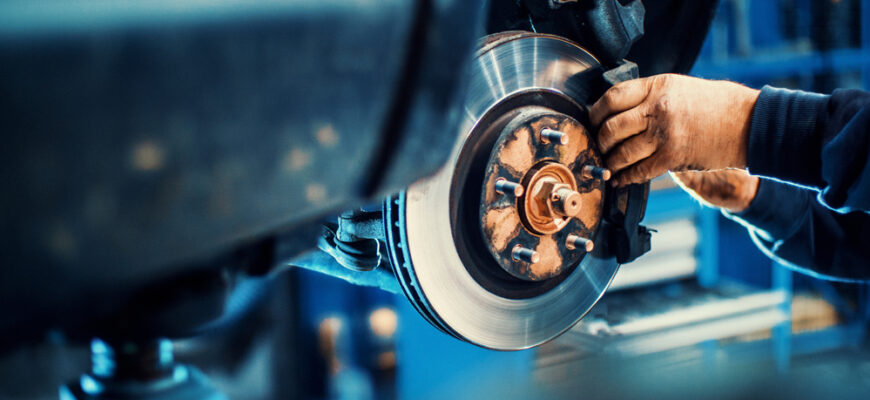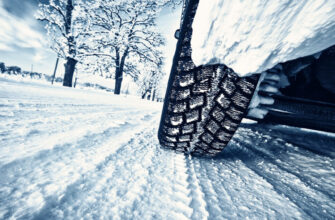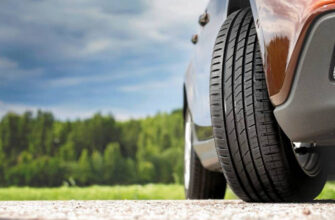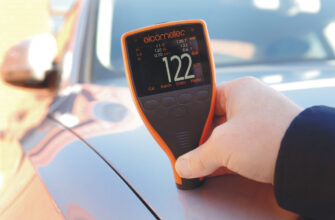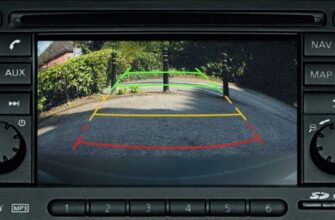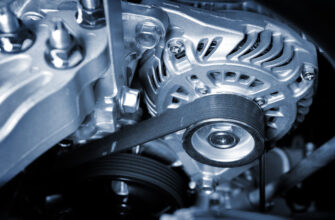The efficiency of the braking system of any car is the most important factor that has the most direct impact on road safety. It depends not only on the timely replacement of technical fluids and brake discs, but also on the condition of the brake pads, the quality of their performance and on how well the pads perform the functions assigned to them. In order to reduce the risk of an abnormal situation to a minimum, careful attention should be paid to the choice of pads.
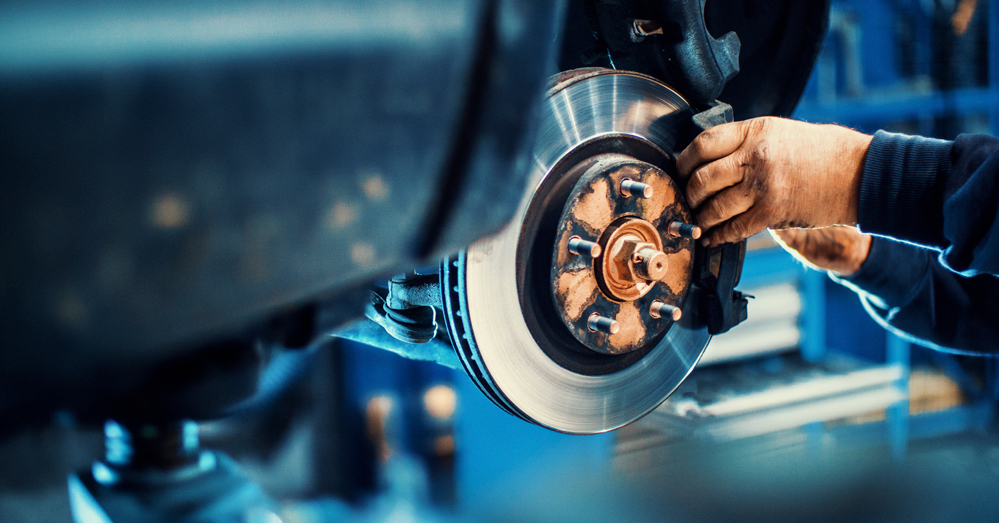
!
We recommend reading an article from an expert on the choice of brake discs and the main secrets of choosing a brake fluid for a car.
- Top brake pad manufacturers
- Types of brake pads
- Organic brake pads
- disadvantages
- Metal brake pads
- disadvantages
- Ceramic brake pads
- disadvantages
- Brake pad selection options
- Type of attachment of friction material to the base of the pad
- Base plate quality and condition
- Working surface friction coefficient
- Thermal resistance of pads
- Wear sensor
Top brake pad manufacturers
There is a clear gradation among car enthusiasts by brands that produce brake pads, which depends on the quality and on the price that has to be paid for it. Products of the following brands are considered the best:
-
ATE;
-
Brembo;
-
TRW;
-
Pagid;
-
Ferodo;
-
Zimmerman;
It should be remembered that the functionality of the pads of the same manufacturer can vary quite a lot depending on the model of the car and its power, and therefore it is necessary to study user reviews and their advice on choosing pads for a particular car. You can find them on the Internet, on all kinds of thematic forums and on social networks.
Types of brake pads
The principle of operation of brake pads is based on the frictional interaction of a special multi-component compound with a metal brake disc. The pads are installed in the caliper and thanks to the hydraulic system they evenly compress the brake disc on both sides. The following types of brake pads are distinguished.
Organic brake pads
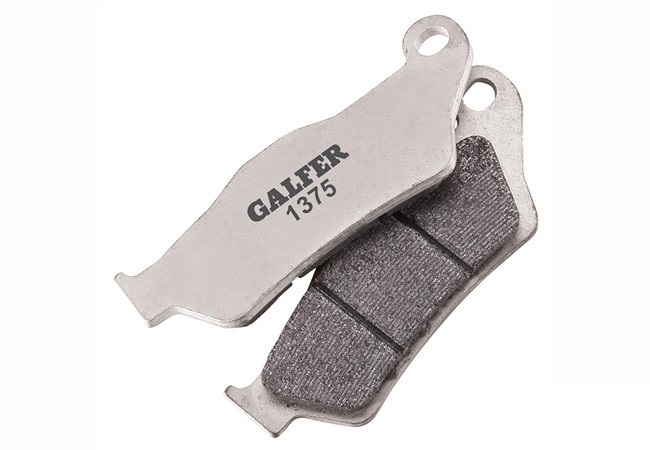
Inexpensive models, the friction layer of which is made of organic materials, Kevlar and polymer resins. They have a high coefficient of friction, and therefore slow down the car well. Due to their increased softness, they are subject to rapid wear and require replacement within 30-35 thousand kilometers after replacement.
Advantages
-
Inexpensive;
-
Effectively inhibit;
-
They keep the temperature perfectly;
-
Soft;
disadvantages
-
A large number of wear products;
-
When moisture gets between the disc and the pad, the braking efficiency deteriorates many times;
-
They are quickly erased;
Metal brake pads
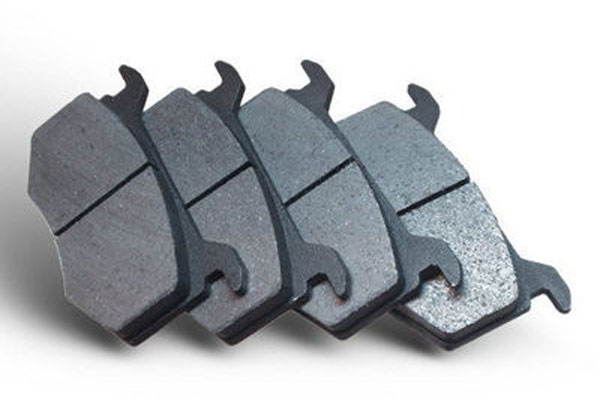
The friction composition is similar to organic models, however, these models contain a significant percentage of copper or steel. This improves braking performance, improves grip and extends pad life.
Advantages
-
Effective braking;
-
Extended service life;
-
High temperature resistance;
-
Excellent combination of price and quality;
disadvantages
-
Metal leads to rapid wear of the brake disc;
-
More expensive than organic analogues;
-
'Float' after 2-3 braking at high speed (150 and above);
-
Friction materials are released during operation;
Ceramic brake pads

The most advanced models, popular among fans of powerful and sports cars. The friction layer includes a minimal amount of steel, but is rich in ceramics, polymeric materials and various non-ferrous metals. As a result of this material, the pads perfectly withstand heating and are not afraid of sudden braking and dynamic driving, the braking efficiency does not decrease in wet weather.
Advantages
-
They brake better than other models;
-
Do not grind the brake disc;
-
Significant service life;
-
Minimum wear products;
-
Efficiency is not lost after several brakes;
disadvantages
- High price;
Brake pad selection options

Type of attachment of friction material to the base of the pad
-
Glued pads. The surfaces are connected by means of a special adhesive layer. Greater resource and uniformity of braking. The disadvantages include the likelihood of damage to the brake disc in case of complete abrasion of the friction layer;
-
Riveted pads. The friction layer is attached to the base with several rivets. The disadvantages are uneven braking and the appearance of vibration on the steering wheel during active driving. The resource of such pads is approximately similar to that of glued ones;
Base plate quality and condition
The appearance of the substrate can tell a lot. Quality pads have a uniform plate of the same thickness, free of bends and irregularities. The friction material must be evenly fixed over the entire surface of the pad and not flake off.
Working surface friction coefficient
A parameter that takes into account frictional characteristics and indicates the effectiveness of braking. The higher this parameter, the faster the car will stop. Preference should be given to pads, the value of which is at the level of 0.6-0.7 and higher.
!
Preference should be given to pads with a friction coefficient of 0.6-0.7 and above.
Thermal resistance of pads
A parameter that displays the performance of the pads in extreme conditions. The higher this value, the better the braking system will work in extreme operating conditions. The best in this regard are ceramic pads, the operating temperature of which is 700-900 degrees. However, there is no point in installing them on low-power civilian motors – their potential is revealed only at speeds of 150 and above, as well as with frequent and sharp brakes. In the latter case, high-quality metal pads with an operating temperature of about 400-450 degrees are more than enough.
Wear sensor
Even budget cars are currently equipped with many different sensors, one of which is a brake pad wear sensor. It shows the percentage of friction material remaining and signals the need to replace the pads on the dashboard. If the car is equipped with such a system, pads should be selected that provide for work with this sensor and have a slot for the location of the sensor itself.
!
In the next article, we will tell you how to choose the right alloy wheels for your car. The main criteria for choosing high-quality discs. Popular manufacturers and more.
Attention! This material is the subjective opinion of the authors of the project and is not a purchase guide.

